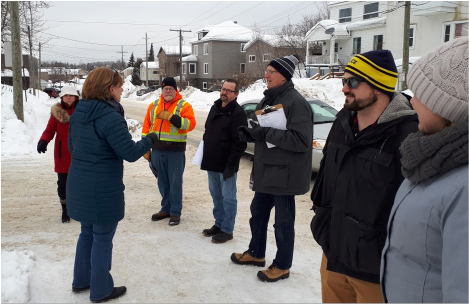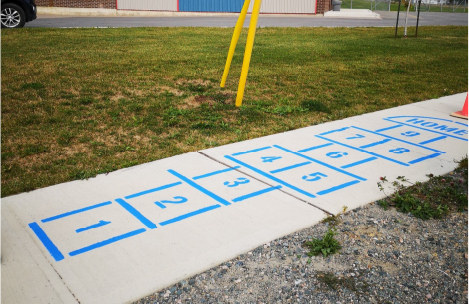Getting Started With School Travel Planning
If you’re a parent, teacher, or principal interested in getting your school involved in active school travel programming, please contact us!
School Travel Planning (STP) is a community-based model for addressing barriers to walking and wheeling to school. Participating elementary schools work with a program facilitator from the Timiskaming Health Unit to collaboratively identify the schools unique travel challenges, create an action plan, and carry out initiatives that will get more students and families active for the journey to school.
The STP model has 5 phases:
1. Set-up at the school
- Introduce STP to the principal and school community
2. Data collection
- Youth and Family Surveys
- Traffic observations
- Walkability audit
3. Action planning
- Identify school-specific strengths and concerns
- Develop an Action Plan based on school priorities
- Plans include engineering, education, encouragement, and enforcement measures to decrease driving and increase walking, cycling and school bus use.
- Action Plan example: Central Public School
4. Carry out a school action plan
- School and community stakeholders carry out the Action Plan with support from a program facilitator.
- Update action plan as needed
- Check out some success stories from participating Timiskaming schools!
5. Follow-up data collection
- Conduct follow-up data to track progress
- Celebrate successes!
Examples of actions schools have implemented include:
- Classroom learning about active transportation
- New bike racks
- Improved signage and new crosswalks
- Celebrating Winter Walk Day or International Walk to School Month
- Winter maintenance of active travel routes
- And more!


